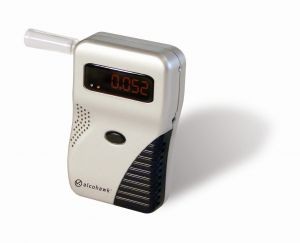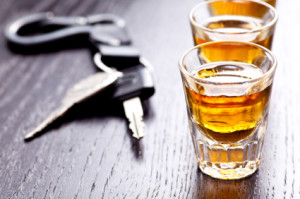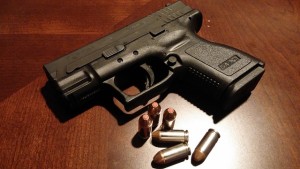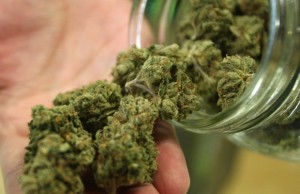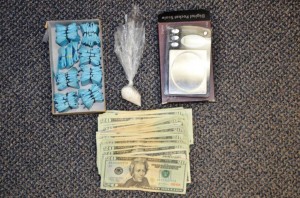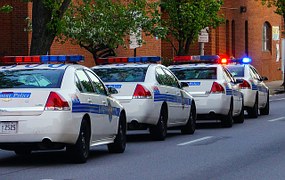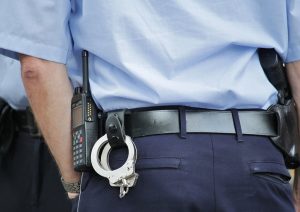 Many people find out that there is a warrant for their arrest when it is too late to actually do something about it. For example if there is an active warrant and a police officer pulls you over for a traffic violation you will almost always be taken into custody right then and there. Additionally if you show up to probation with a warrant an officer will likely be waiting to take you away in cuffs. But if you are lucky enough to find out about your warrant beforehand there are certain things you can do to avoid having to go to jail.
Many people find out that there is a warrant for their arrest when it is too late to actually do something about it. For example if there is an active warrant and a police officer pulls you over for a traffic violation you will almost always be taken into custody right then and there. Additionally if you show up to probation with a warrant an officer will likely be waiting to take you away in cuffs. But if you are lucky enough to find out about your warrant beforehand there are certain things you can do to avoid having to go to jail.
There are two basic types of warrants in Maryland and it is important to understand the differences before deciding what you can do about the situation. In state court cases a bench warrant is a warrant issued by a judge of either the district or circuit court. The most common cause of a bench warrant would be for a failure to appear at a court date for either a traffic or criminal case. Bench warrants will not be issued for failing to appear at a minor traffic case such as speeding or running a red light. The consequence for not showing up to theses cases is typically the issuing of a failure to comply suspension that may result in the MVA suspending your drivers license. If you fail to appear and a warrant is issued the judge will typically decide bail in court, but could also indicate that bail is to be set by the commissioner. In felony cases or other more serious crimes the judge may decide to issue a no bail bench warrant. The best way to deal with a bench warrant is to file a motion to recall or quash the warrant and request that the judge reset the case for trial. If you hire an attorney to file the motion there is a good chance it will be granted, as the judge will see that by getting a lawyer you have taken steps to deal with the case and are likely to show up for your next court date. You may also decide to file the motion on your own. In this case you should go to the courthouse and request a blank motion form, and then explain to the judge why you missed court.
Bench warrants can also be issued for violation of probation. In this case the probation officer will submit a violation report and will typically recommend that a warrant be issued, a summons to appear be issued or that the court take no action. It is ultimately the judge’s decision what to do, and if he or she decides to issue a warrant then you would have to file a motion to withdraw it, and to set the case for a violation of probation hearing. Once again, it is advisable to have an attorney file this motion but there is no rule preventing you from filing it pro se.
 Criminal Defense Lawyer Blog
Criminal Defense Lawyer Blog


